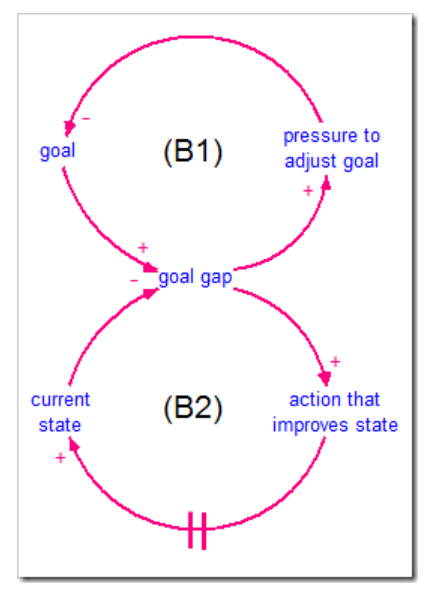One of the most important leadership and management skills is knowing which levers you need to pull to make things happen.
In other words ..... the much neglected art of understanding "cause-and-effect" in your business or organization.

Causation and Correlation
However one of the biggest challenges in understanding cause-and-effect is to be able to distinguish between causation and correlation.
Let me give you an example:
In hot weather ice cream and suntan lotion sales both increase but does this mean one is the cause of the other?
Of course not!
Ice cream sales and suntan lotion sales both depend on a common cause (e.g. sunny weather). So there is correlation but not causation.
In your business or organisation it is very easy to mistake these two and think one thing causes another when the truth is that the cause my lie elsewhere.
However it is not just correlation you need to worry about as a leader - there are 3 other deadly cause-and-effect traps to watch for which can really catch you out!
1. Unintended Consequences
When you change something you often do not just get (or even get!) the desired results – you may get unanticipated results, or side-effects, which can undermine or even reverse the desired results.
Example: Bonus Schemes
If incentive plans are badly designed they can focus behaviour on producing a short-term positive effect at all costs and at the expense of a larger negative effect which comes later. For example, managers who shoe-horn sales into this year’s numbers to get their bonuses but leave the cupboard badly bare for the new year (or poor colleague who takes over from them after they get promoted into a new job!)
Unintended Consequences dynamics can also show up in any kind of measurement or reporting scheme or process or organizational improvement programme.
2. Time Delays
This is where the result of a change does not come immediately but only after a delay. The temptation is to either strengthen the cause (over-adjusting) or abandon the cause as strategy altogether (mission drift).
Example: Supply Chains
Time delays can show up in any supply chain scenario – the longer or more complex the supply chain the more they tend to be vulnerable to delays. There is a famous management game you should checkout called The Beer Game where you have a slow supply chain and most players can never quite ever get their stock levels right – constantly flip-floppping between far too much stock and no stock whatsoever!
Time Delay dynamics can also show up in adoption programmes such as new product launches and large scale change management exercises.
3. Mental Models
A mental model is your view of what causes what.
There are two types of mental model - explicit and implicit.
Explicit mental models are what you think you believe or what you would say if another person asked you.
Implicit mental models are what you actually do under pressure. The two are often quite different.
The problem with implicit mental models is you often don’t know you have them until it is too late.
The simple example of implicit versus explicit mental models is when the car you are driving skids on ice:
Explicit Mental Model : Turn into the skid (and recover)
Implicit Mental Model: Fight the skid (and lose control)
Example: Short-term fixes
Often well-trained managers react in a crisis in a totally different way than they would advise others to react.
Instead of standing back and calmly following their training they panic and follow their instincts and end up making things 100 times worse.
Avoiding Cause-and-Effect Traps
If you want to develop your leadership skills and reduce waste, get sustainable results and avoid lots of nasty surprises you need to become a student of cause-and-effect.
You need to be able to distinguish between causation and correlation, identify unintended side-effects, be prepared for time delays and be conscious of your own and colleague's invisible (implicit) mental models.
A couple of tools can help you avoid the most common cause-and-effect traps:
Systems Dynamics (or Systems Thinking)
The well-respected discipline of System Dynamics can provide you with some very useful tools for Causal Analysis to help you understand the real causes and their effects along with any unintended side-effects and delays.
 Example Causal Loop Diagram
Example Causal Loop Diagram
Business Simulations
One of the trickiest things about cause-and-effect is sometimes it is counter-intuitive and you just have to experience it to get it. The problem is if you have to experience these shocks for the first time on-the-job then you will probably have some collateral damage. Team-based business simulations allow you and your colleagues to experience real-world cause-and-effect shocks and learn from them in a safe and supportive environment without damaging your career, business or organization.
More Information
Get your free copy of our Essential Strategic Thinking Models: A Leadership Playbook
Further Reading
1. Unintended Consequences: Drifting Goals
2. Short Term Fixes: Shifting The Burden
3. Mental Models